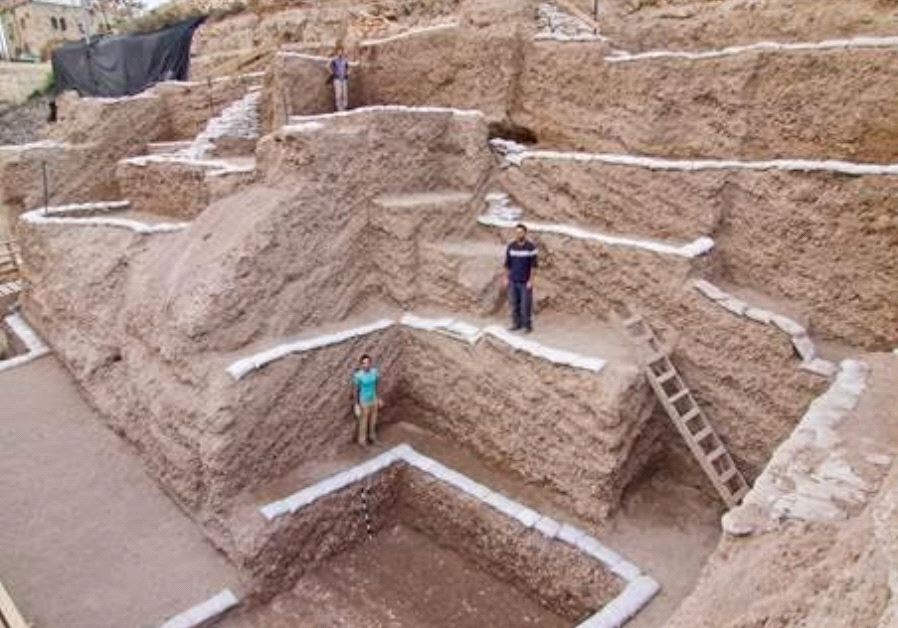Jerusalem dig sheds light on 2,000-year-old eating habits of local Jews
Sheep and goats were the order of the day, pork and shellfish nowhere to be found, and pigeons were bred for sacrifices on Temple Mount.
 The ancient City of David landfill(photo credit: ASSAF PEREZ, COURTESY OF IAA)Updated:
The ancient City of David landfill(photo credit: ASSAF PEREZ, COURTESY OF IAA)Updated: